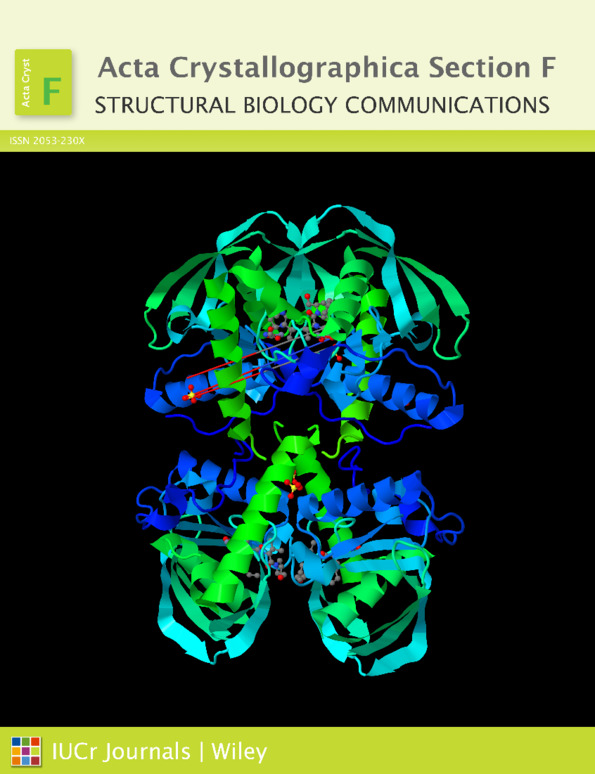The crystal structures of apo and tryptophan-bound tryptophanyl-tRNA synthetase from Neisseria gonorrhoeae
Abstract
Neisseria gonorrhoeae, the causative agent of the human disease gonorrhea, is the second most common sexually transmitted pathogen in the United States. Gonorrhea has a significantly high morbidity rate due to the ability of N. gonorrhoeae to rapidly develop antibiotic resistance. In this paper, crystal structures of tryptophanyl-tRNA synthetase (TrpRS) from N. gonorrhoeae (NgTrpRS) were determined in both its apo form and in complex with tryptophan. The structures reveal conserved HIGH and KMSKS motifs critical for ATP binding and catalysis, and highlight conformational changes in the active site upon tryptophan binding, including a methionine flip and the rearrangement of hydrogen-bonding residues. Structural alignments with human TrpRS isoforms demonstrate significant differences between the bacterial and human cytosolic forms, particularly in their active sites. While NgTrpRS and human mitochondrial TrpRS share conserved catalytic residues that are essential for binding tryptophan and indolmycin, the cytosolic TrpRS contains substitutions that introduce steric hindrance, limiting the binding of indolmycin. These results provide insight for the development of inhibitors targeting bacterial TrpRS without affecting the human mitochondrial or cytosolic isoforms, contributing to efforts to combat antibiotic-resistant N. gonorrhoeae infections.




